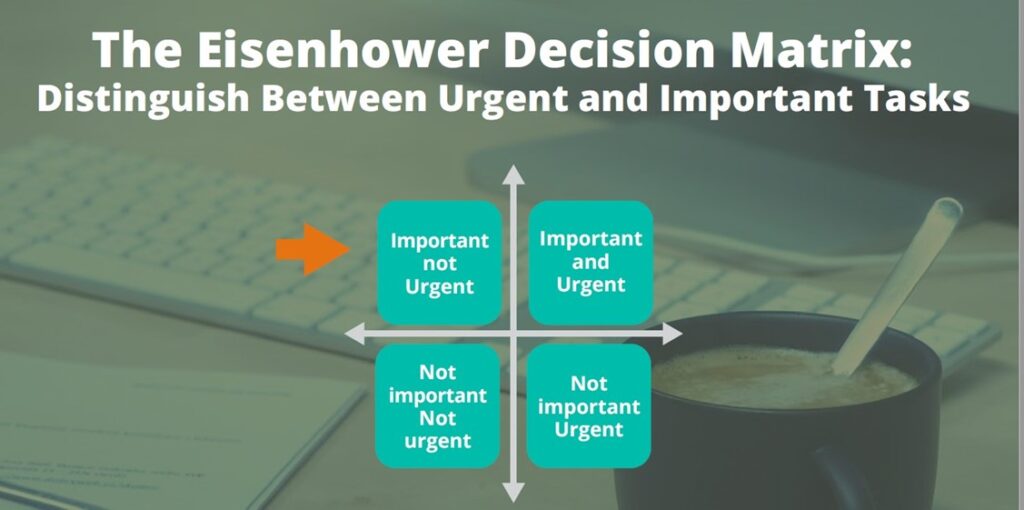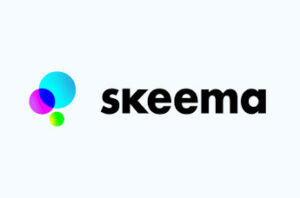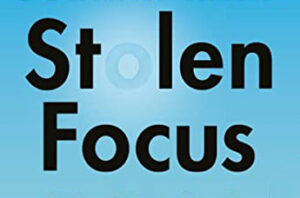Many knowledge workers are fully familiar with the “Eisenhour Matrix” but how many actually use it in their day-2day?
Maybe it’s because there’s a difference between understanding a concept in its basic level to actually implementing it in our day-2day.
In this 8min video I explain the easiest way to put the matrix into action from a HIME Your TIME perspective:
After you listen to the video, here are your action items:
FIRST
Not Important/Not Urgent:
Write down a name of a colleague OR project OR task at work that you will make the effort to refuse from taking it into your to-do list.
Then, write down a name of a person OR project OR task from your private life, that, again, you will make the effort to refrain from taking upon yourself.
Now pin that note to your pin board above your desk, or anywhere else within eye sight so it will act as a reminder to execute that tile in the matrix.
MOVING ON
Not Important/Urgent
are things that you can’t refuse to do as they are urgent to someone else, like helping a friend move an apt. or preparing a presentation for your boss to present at a conference. Both are urgent to them but are not part of your tasks. Still you have to make time for them.
The rule of thumb is not to take more than 1 project a week that fits that tile, Otherwise you’re in the “pleasing mode” – trying to please everyone else at the expense of our own projects.
If your boss insists that you do more than one, have an “expense conversation”; what this task is going to be at the expense of.
“If you need me to do X now, it means I won’t be able to do Y today”
So what you are actually doing is confirming their new prioritization.
You are responsible to detail what you’re working on and how the new request will affect the work you’re currently doing and let them decide.
Then you go ahead and execute but without the stress that is normally affiliated with those common office issues.
Your responsibility is to communicate that ABC will come at the expense of XYZ – that’s the trade off, when that’s fine with them – its sure is fine with you.
NEXT
Important/Urgent
are the things we never forget to take care of. These are the only tasks we don’t need reminding to do We practically “live” most of our time inside this tile and no one needs me to teach them how to take care of the urgent and important.
LAST BUT NOT LEAST
Not Urgent/Important
OH now, that is where all of our greatest progress in life comes from – pushing forward on tasks that are important but because they don’t have a strict deadline we tend to forget or neglect them. However that is where most of our personal and professional development will eventually come from.
For example, creating a diversified and automated investment portfolio.
The sooner you start the better the results will be. .
I was 40 when I started mine. It’s a project that I did for my retirement years in 30-40 years down the line. Its vitally important, but so easy to not get around to doing it.
It took me about 20 months to finish the project cause I had to read a huge book and then implement it and then work with my investment consultant, insurance policies and banks. , So many tiny little steps and I’m in the midst of lots of other things I do simultaneously. What a mess, right?
The key is to make progress on this task but with least amount of friction. Minimum effort, maximum impact.Make sure that the task isn’t lost between other tasks, not forgotten and eventually completed.
I don’t care how long it took me to complete, what I care about is how easy it was to push it forward, make tiny steps on the way and complete them.
So how do we manage our time around the tile?
Basically, it’s what the whole HIME Your TIME course is about, how to have a systemized work method that will allow you to push on important/not urgent tasks every week and complete them with ease.






